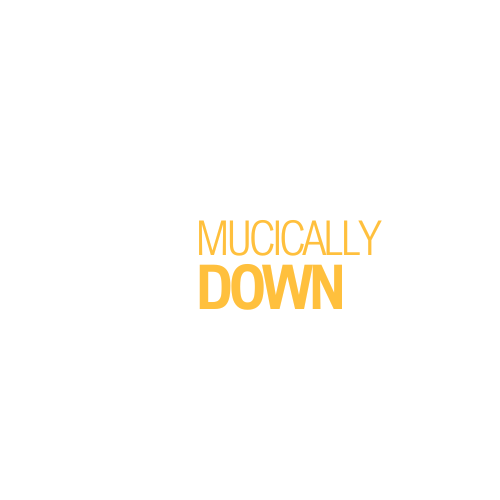In the pulsating world of dance music, there’s more than just rhythm and beats. It’s a culture, a lifestyle, and a political statement. This article dives into the intricate relationship between discographies, dance music culture, and the politics of sound.
From the vibrant discos of the 70s to today’s electrifying EDM festivals, dance music has always been a powerful tool for expression and rebellion. It’s an arena where the politics of sound are played out, with each track, each beat, telling a unique story.
So, get ready to embark on a sonic journey that explores the fascinating intersections of music, culture, and politics. This is not just about understanding dance music, but also about appreciating its profound impact on our society and our lives.
Discographies Dance Music Culture and The Politics of Sound
 Venturing into dance music culture requires uncovering its discographies. Here, we dissect how various eras of dance music have interwoven expressions, rebellions, and political statements into their sound, creating a sonic revolution that resonates within society.
Venturing into dance music culture requires uncovering its discographies. Here, we dissect how various eras of dance music have interwoven expressions, rebellions, and political statements into their sound, creating a sonic revolution that resonates within society.
Dance music, etching its melody on the canvas of time, has rapidly evolved from its classic origins. The disco era, a time of glittering balls and rhythmic ecstasy, marked the early genesis of modern dance genres. It’s a phase notorious for highlighting societal issues and giving them voice through music. Moving forward, genres like house, techno, and EDM began to dominate the soundscape. This progress, sparked in underground clubs and warehouses, gradually spread its tendrils into suburban households and gargantuan mega-festivals, making dance music a cornerstone of contemporary music culture.
Key Figures in the Evolution of Dance Genres
In the intricate lattice of dance music, certain individuals acted as key catalysts. Frankie Knuckles, often revered as “the Godfather of House,” pioneered the Chicago house movement. Simultaneously, the Belleville Three, consisting of Derrick May, Juan Atkins, and Kevin Saunderson, ignited the techno revolution in Detroit. Fast forward to the 21st century, figures like David Guetta and Martin Garrix have helped mainstream Electro House, an EDM sub-genre, taking dance music to a global platform.
The Intersection of Culture and Sound in Dance Music
 Stepping into the intersection of culture and sound in dance music, we unravel the intimate relationship between societal influences and sonic trends. By honoring the role that technology plays in dance music production, we can further grasp the profound engagement between the culture, politics, and sounds that dance music fosters. Society undoubtedly impacts musical trends, and in the realm of dance music, this connection proves instrumental. Notable instances include the rise of disco music in the 70s, heavily influenced by the era’s social movements, like the fight for LGBT rights. Later, the emergence of hip hop in urban centers gave voice to the marginalized, shaping a sonic revolution. In more recent years, the explosion of EDM (Electronic Dance Music) borrows heavily from the ethos of celebration and unity, synonymous with today’s youth culture.
Stepping into the intersection of culture and sound in dance music, we unravel the intimate relationship between societal influences and sonic trends. By honoring the role that technology plays in dance music production, we can further grasp the profound engagement between the culture, politics, and sounds that dance music fosters. Society undoubtedly impacts musical trends, and in the realm of dance music, this connection proves instrumental. Notable instances include the rise of disco music in the 70s, heavily influenced by the era’s social movements, like the fight for LGBT rights. Later, the emergence of hip hop in urban centers gave voice to the marginalized, shaping a sonic revolution. In more recent years, the explosion of EDM (Electronic Dance Music) borrows heavily from the ethos of celebration and unity, synonymous with today’s youth culture.
Cultural influences do not merely dictate the genre or style of dance music. They also color the music’s intrinsic elements such as the rhythm, motifs, and lyrics. For example, the rhythmic complexity found in Latin dance genres like salsa or bachata reflects the cultural emphasis on communal participation and vibrant energy.
The Role of Technology in Dance Music Production
 Technology’s proliferation across dance music production isn’t just a product of societal advancements. It’s a cornerstone, shaping the genre’s evolution and its soundscapes. From early analog synthesizers and drum machines fueling the pulsating beats of techno to digital music software, innovation steadily guides the dance music landscape’s progression.
Technology’s proliferation across dance music production isn’t just a product of societal advancements. It’s a cornerstone, shaping the genre’s evolution and its soundscapes. From early analog synthesizers and drum machines fueling the pulsating beats of techno to digital music software, innovation steadily guides the dance music landscape’s progression.
Not only has technology democratized music production, making it accessible to sound creators globally, it has also enabled dance music to constantly reinvent. Music-makers leverage technology’s evolving capacities to experiment with new beats, rhythms, and sound textures, ensuring the genre remains dynamic and multifaceted.
In essence, both cultural shifts and technological advancements play a fundamental role in constructing the soundscape of dance music, thereby imbedding it deeply within society’s pulse. Dance music’s narrative, lying at the intersection of culture and sound, persists as a testament to this ongoing synergy.

